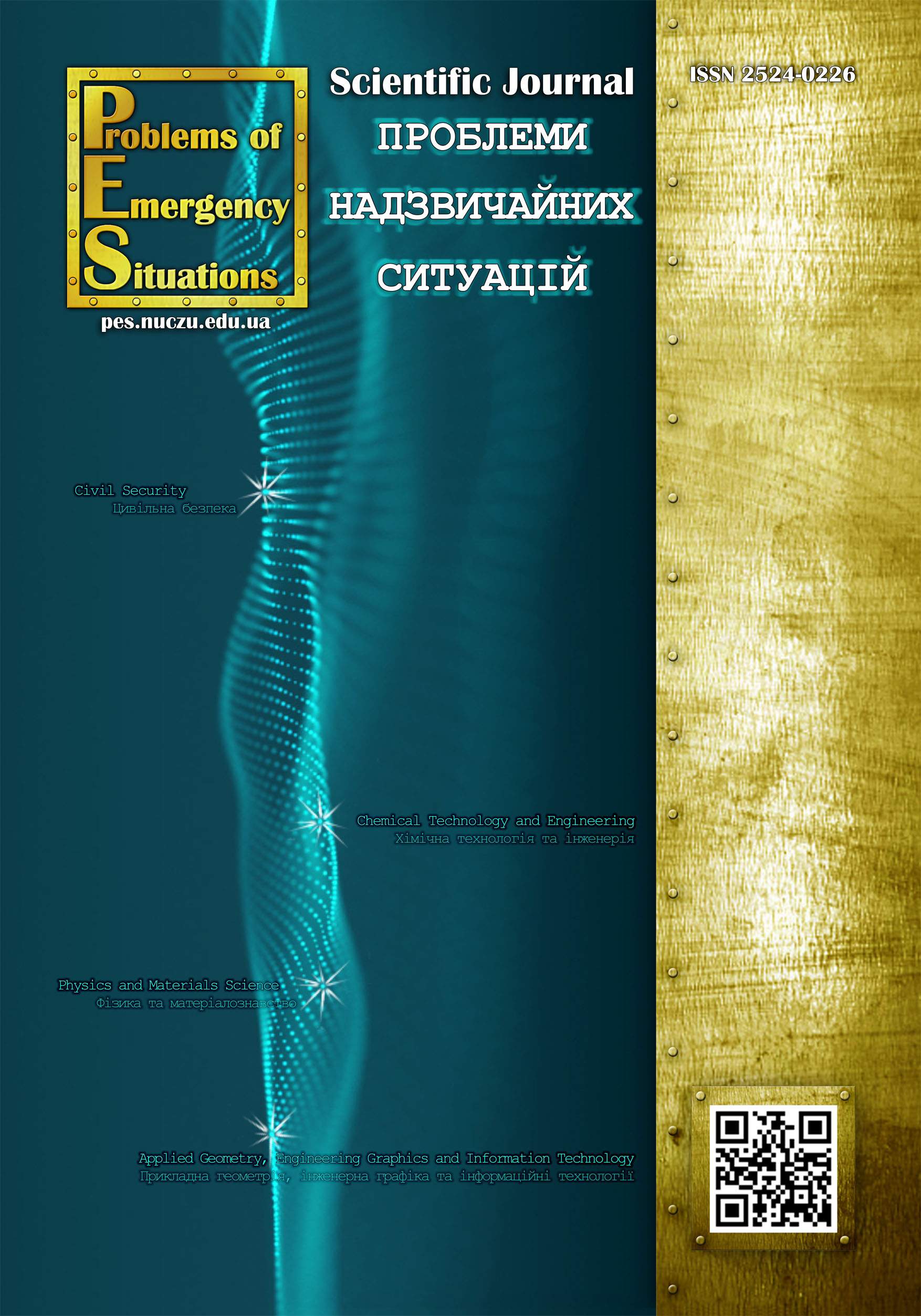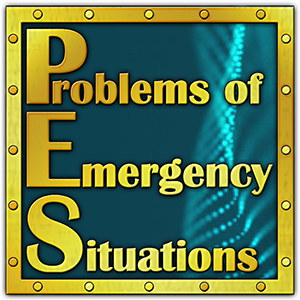Dubinin Dmytro
National University of Civil Protection of Ukraine
http://orcid.org/0000-0001-8948-5240
DOI: https://doi.org/10.52363/2524-0226-2024-40-12
Keywords: measuring complex, finely sprayed water, internal fire, efficiency, technical means of fire extinguishing
Аnnotation
The work presents and substantiates the design and operation mode of the measuring complex for determining the effectiveness of technical means of fire extinguishing with finely sprayed water. The measuring complex consists of 5 integrated humidity and temperature sensors, an information processing unit with a memory card and a power supply unit. The sensors are connected to the information processing unit (display driver board and sd card slot), which allows you to process and record the received information on a memory card. The measuring complex is powered by a laptop or power bank connected to the information processing unit. Processing of measurement results is carried out using computing equipment (laptop, tablet, etc.) with the pre-installed WPS Office or Microsoft Office program. Information is read from the sensors every second, and the total measurement time is limited by the memory card. The error of humidity and temperature measurements by the developed complex is determined based on the measurement error of the sensors used. For measurements, a scheme is proposed where the sensors are placed at different heights and distances from the center of the internal fire. Due to the use of the measuring complex, temperature and humidity indicators are measured when determining the effectiveness of modern technical means of fire extinguishing with fine spray, which ensure minimal consumption of extinguishing agent, mobility and have a simple design. By evaluating the efficiency of technical means of fire extinguishing with finely sprayed water, their scope of use is determined, and due to their mobility and autonomy, the level of safety of the personnel of fire and rescue units during fire extinguishing, including in the conditions of combat operations, will be increased.
References
- 1. Dubinin, D. (2021). Doslidzhennja vymog do perspektyvnyh zasobiv pozhezhogasinnja tonkorozpylenoju vodoju. Problemy nadzvychajnyh sytuacij, 33, 15–29. doi: 10.52363/2524-0226-2021-33-2
- Liu, Y., Wang, X., Liu, T., Ma, J., Li, G., Zhao, Z. (2020). Preliminary study on extinguishing shielded fire with water mist. Process Safety and Environmental Protection, 141, 344–354. doi: 10.1016/j.psep.2020.05.043
- Liu, Y., Fu, Z., Zheng, G., Chen, P. (2022). Study on the effect of mist flux on water mist fire extinguishing. Fire Safety Journal, 130, 103601. doi: 10.1016/j.firesaf.2022.103601
- Dubinin, D., Korytchenko, K., Kryvoruchko, Je., Ragimov S., Trygub, V. (2023). Osoblyvosti procesu zapovnennja vodoju stvola ustanovky pozhezhogasinnja periodychno-impul’snoi’ dii’. Problemy nadzvychajnyh sytuacij, 38, 69–79. doi: 10.10.52363/2524-0226-2023-38-5
- Dubinin, D., Korytchenko, K., Krivoruchko, Y., Tryfonov, O., Sakun, O., Ragimov, S., Tryhub, V. (2024). Numerical studies of the breakup of the water jet by a shock wave in the barrel of the fire extinguishing installation, Sigurnost, 66 (2), 139–150. doi: 10.31306/s.66.2.4
- Liu, W.-Y., Chen, C.-H.,Shu, Y.-L., Chen, W.-T., Shu, C.-M. (2020). Fire suppression performance of water mist under diverse desmoking and ventilation conditions, Process Safety and Environmental Protection, 133, 230-242. doi: 10.1016/j.psep.2019.10.019
- Santangelo, P. E., Tartarini, P. (2012). Full-scale experiments of fire suppression in high-hazard storages: A temperature-based analysis of water-mist systems, Applied Thermal Engineering, 45-46, 99-107. doi: 10.1016/j.applthermaleng.2012.04.011
- Santangelo, P. E., Jacobs, B. C., Ren, N., Sheffel, J. A., Corn, M. L., Marshall,A. W. (2014). Full-scale experiments of fire suppression in high-hazard storages: Suppression effectiveness of water-mist sprays on accelerated wood-crib fires, Fire Safety Journal, 70, 98-111. doi: 10.1016/j.firesaf.2014.08.012
- Hamzehpour, A., Verda, V., Borchiellini, R. (2024). Experimental study of extinguishing shielded fires by a low-pressure multi-orifice water mist nozzle, Fire Safety Journal, 146, 104175. doi: 10.1016/j.firesaf.2024.104175
- NFPA 750. (2023). Standard on Water Mist Fire Protection Systems.
- Rosenbauer International AG. Available at: https://www.rosenbauer.com
- AWG Fittings GmbH. Available at: https://awg-fittings.com
- Dubinin, D., Korytchenko, K., Lisnyak, A., Hrytsyna, I., Trigub, V. (2018). Improving the installation for fire extinguishing with finely-dispersed water. EasternEuropean Journal of Enterprise Technologies, 2/10 (92), 8–43. doi:10.15587/1729- 4061.2018.127865
- Korytchenko, K., Sakun, O., Dubinin, D., Khilko, Y., Slepuzhnikov, E., Nikorchuk, A., Tsebriuk, I. (2018). Experimental investigation of the fire-extinguishing system with a gasdetonation charge for fluid acceleration. Eastern-European Journal of Enterprise Technologies, 3/5(93), 47–54. doi: 10.15587/1729-4061.2018.134193
- IFEX GmbH. Available at: https://www.ifex3000.com














